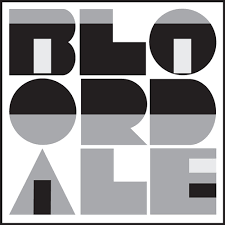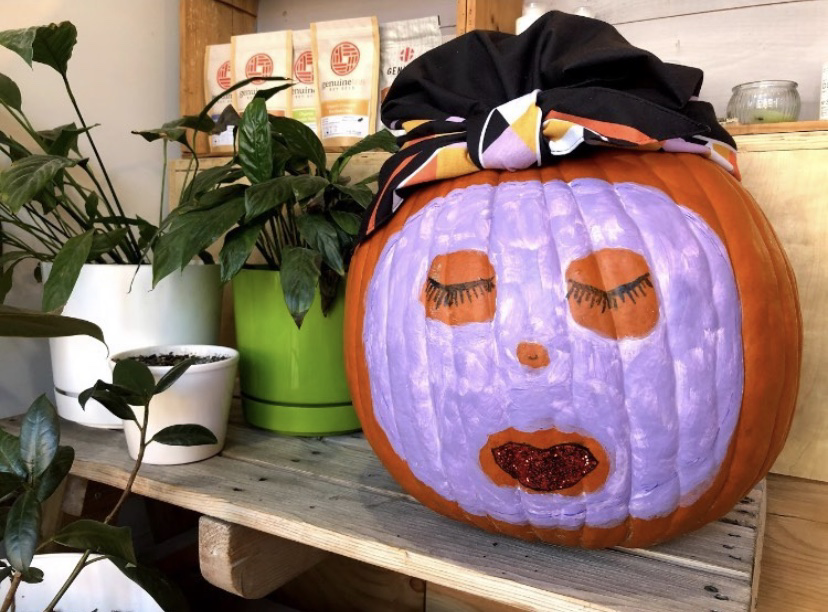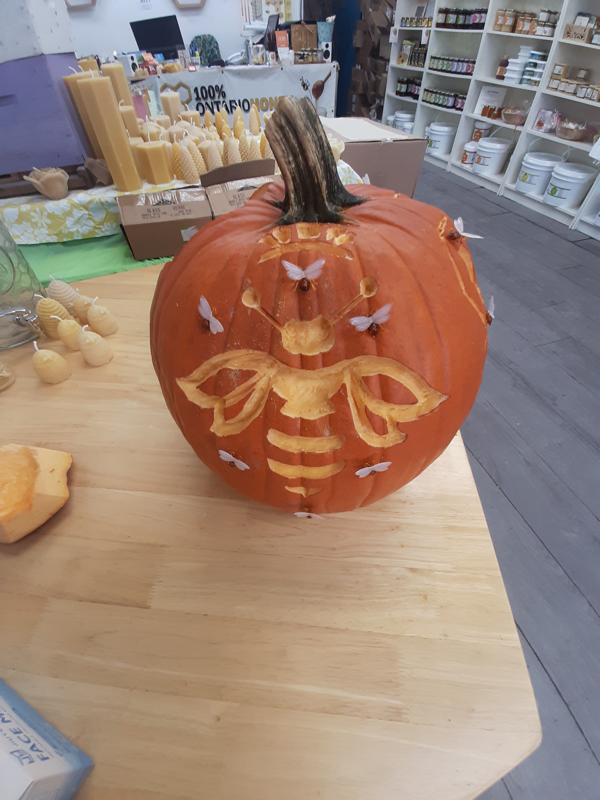|
Nestled within Toronto's Bloordale neighborhood lies a historical narrative often obscured by the urban landscape—a story of Indigenous presence and resilience that predates the city's modern landscape. At its core is Garrison Creek, a once-flowing waterway now confined beneath concrete, yet still echoing the Indigenous heritage that shaped this community.
The land we stand on today was once home to the Wendat (Huron), Haudenosaunee (Iroquois), and Anishinaabe (Ojibwe) peoples, who thrived along the banks of Garrison Creek for generations. This waterway was not merely a geographical feature but a vital lifeline, providing sustenance, transportation, and a gathering place for Indigenous communities. Garrison Creek and its surrounding lands were rich in biodiversity, boasting a diverse array of plants and wildlife that sustained Indigenous peoples for millennia. Indigenous flora such as wild rice, sassafras, milkweed, and cranberries flourished along its banks, providing important food sources, medicinal plants, and materials for crafting. The surrounding forests also offered a bounty of resources, including acorns, hickory nuts, hazelnuts, and various berries, utilized by Indigenous communities for nourishment and cultural practices. Archaeological excavations have unveiled fragments of this rich Indigenous history—artifacts, tools, and remnants of settlements that offer glimpses into daily life along Garrison Creek. These discoveries illuminate the resourcefulness and ingenuity of its inhabitants, whose connection to the land remains woven into the fabric of Bloordale's identity. Despite the encroachment of urbanization, Bloordale's Indigenous heritage persists, a testament to the enduring spirit of its original caretakers. As we reflect on this history, we acknowledge the ongoing contributions of Indigenous peoples to our community. We commit to amplifying Indigenous voices, recognizing their rights, and fostering meaningful relationships built on respect and understanding. Today, we invite members of the Bloordale community to connect with and honour the land and its original peoples. Acknowledge the Indigenous history of this place and the continued presence of Indigenous peoples in our community, reflect on the rich heritage, and take a moment to envision what life would have been like for the Indigenous communities who thrived along the banks of Garrison Creek—the sights and sounds of daily life, the connection to the land and its resources, and the resilience and ingenuity of its inhabitants. Through learning, listening, and collective action, a path of reconciliation and solidarity is strengthened, honoring the past as we shape the future of Bloordale together, for future generations to come. About Vicky auf der Mauer (she/her), a proud Inuk Woman from the Qikiqtaaluk Region of Nunavut, known as Baffin Island, now resides as a guest on Dish with One Spoon Territory, known as Toronto. Committed to honoring Indigenous peoples worldwide, she shares her rich Inuit culture and values across Canada. As a cultural educator, speaker, and consultant, Vicky empowers individuals to challenge mainstream narratives and create positive change within societal systems. Alongside her cultural advocacy, she offers guidance in financial wellness, helping individuals navigate their financial paths with cultural sensitivity. To collaborate or connect with Vicky, reach out [email protected] or ig: @richindigauntie. Through her work, she fosters awareness and celebrates the resilience of her heritage. Resources: Whose Land is a web-based app that uses GIS technology to assist users in identifying Indigenous Nations, territories, and Indigenous communities across Canada. The app can be used for learning about the territory your home or business is situated on, finding information for a land acknowledgement, and learning about the treaties and agreements signed across Canada. https://www.whose.land/en/ The NCTR (The National Centre for Truth and Reconciliation) educates Canadians on the profound injustices inflicted on First Nations, Inuit and the Métis Nation by the forced removal of children to attend residential schools and the widespread abuse suffered in those schools. https://nctr.ca/ Truth and Reconciliation Commission of Canada: Calls to Action The 94 Calls to Action (CTAs) serve as actionable policy recommendations aimed at facilitating the healing process in two key ways: firstly, by acknowledging the complete and harrowing history of the residential school system, and secondly, by establishing systems to prevent such abuses from recurring in the future. According to the CTAs, prevention will be achieved by:
https://ehprnh2mwo3.exactdn.com/wp-content/uploads/2021/01/Calls_to_Action_English2.pdf It is important to not just learn about Canada’s part in the creation and facilitation of systemic oppression but to listen to Indigenous stories directly. We are a wonderful, funny, lively, passionate, wise, and deep people. Your life will be enriched by watching Indigenous stories via films, and shows, reading books from Indigenous authors, and listening to the wide array of podcasts from Indigenous creators. https://watchaptnlumi.ca/ https://www.uvagut.tv/
0 Comments
Leave a Reply. |
|
Land Acknowledgement
The City of Toronto acknowledges that what we now call Toronto is on the traditional territory of many nations including the Mississaugas of the Credit, the Anishnabeg, the Chippewa, the Haudenosaunee and the Wendat peoples and is now home to many diverse First Nations, Inuit and Métis peoples. The City also acknowledges that Toronto is covered by Treaty 13 signed with the Mississaugas of the Credit, and the Williams Treaties signed with multiple Mississaugas and Chippewa bands.
African Ancestral Acknowledgement
The City of Toronto acknowledges all Treaty peoples – including those who came here as settlers – as migrants either in this generation or in generations past - and those of us who came here involuntarily, particularly those brought to these lands as a result of the Trans-Atlantic Slave Trade and Slavery. We pay tribute to those ancestors of African origin and descent.
sufferin4
The City of Toronto acknowledges that what we now call Toronto is on the traditional territory of many nations including the Mississaugas of the Credit, the Anishnabeg, the Chippewa, the Haudenosaunee and the Wendat peoples and is now home to many diverse First Nations, Inuit and Métis peoples. The City also acknowledges that Toronto is covered by Treaty 13 signed with the Mississaugas of the Credit, and the Williams Treaties signed with multiple Mississaugas and Chippewa bands.
African Ancestral Acknowledgement
The City of Toronto acknowledges all Treaty peoples – including those who came here as settlers – as migrants either in this generation or in generations past - and those of us who came here involuntarily, particularly those brought to these lands as a result of the Trans-Atlantic Slave Trade and Slavery. We pay tribute to those ancestors of African origin and descent.
sufferin4




 RSS Feed
RSS Feed